Understanding EPR Self-Amalgamating Tape for High-Voltage Applications
In the demanding world of electrical infrastructure, reliable insulation and sealing solutions are paramount. Among the array of options, epr self amalgamating tape stands out as a critical component, particularly in high-voltage environments. This specialized tape, often made from Ethylene Propylene Rubber (EPR), offers unique properties that allow it to fuse into a solid, void-free mass upon application, providing excellent electrical insulation, moisture sealing, and environmental protection. Its intrinsic ability to amalgamate without external heat or pressure makes it an indispensable tool for engineers and technicians across various industries.
The continuous evolution of power distribution networks, renewable energy systems, and industrial automation necessitates materials that can withstand increasingly harsh operational conditions while ensuring long-term performance and safety. Products like the J30 High-voltage EPR Rubber Tape exemplify this need, offering superior dielectric strength, weather resistance, and thermal stability crucial for robust electrical connections and cable repairs. This article delves into the technical intricacies, application benefits, and strategic considerations surrounding this vital electrical component, providing a comprehensive resource for B2B decision-makers and technical professionals.
Industry Trends and Market Dynamics
The market for high-performance electrical insulation materials, including epr self amalgamating tape, is experiencing robust growth driven by several key trends. Global investments in grid modernization, renewable energy projects (wind, solar), and electrification initiatives are significantly boosting demand. The increasing prevalence of underground cable systems and submarine power cables also necessitates highly reliable, waterproof, and durable insulation solutions.
Furthermore, the push for enhanced safety standards and environmental regulations is leading to a preference for materials that offer superior long-term performance, reduce maintenance cycles, and minimize failure rates. Innovations in material science are continually improving the characteristics of EPR tapes, offering higher temperature resistance, better UV stability, and improved handling characteristics. The shift towards smart grids and more complex electrical architectures means that every component, including insulation tapes, must meet increasingly stringent performance requirements. The global electrical tape market is projected to reach USD 5.7 billion by 2027, growing at a CAGR of 5.5% from 2020 to 2027, with EPR and rubber-based tapes forming a significant segment of this growth due to their high-performance attributes in critical applications.
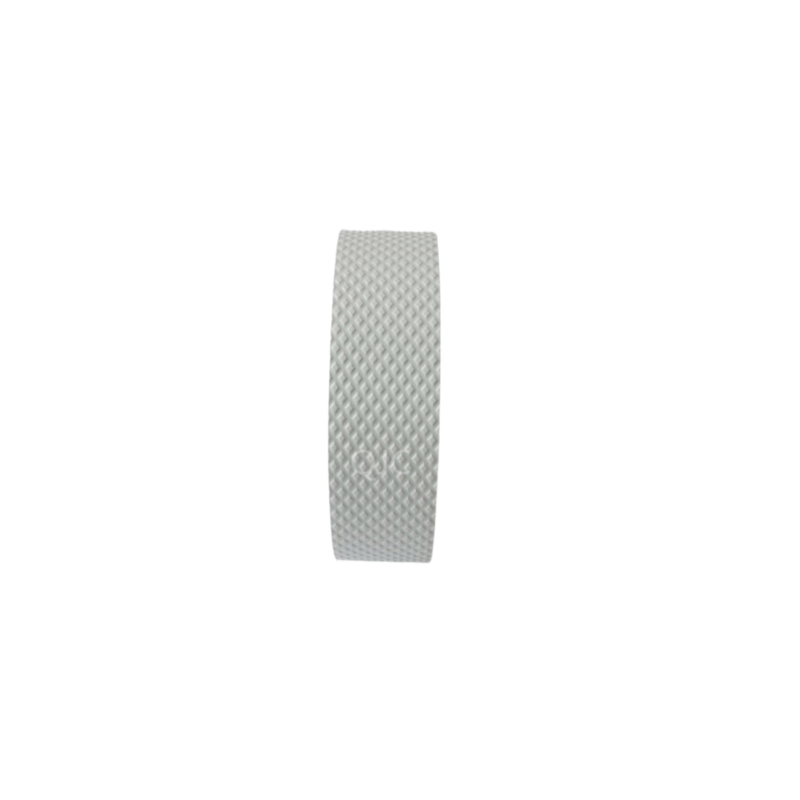
Figure 1: High-voltage cable insulation using EPR tape.
Technical Specifications of J30 High-voltage EPR Rubber Tape
The J30 High-voltage EPR Rubber Tape is engineered to meet the rigorous demands of high-voltage electrical installations. It is a premium-grade epr tape designed for primary insulation, moisture sealing, and void filling in critical cable jointing and termination applications. Its unique composition ensures excellent electrical, chemical, and physical properties over a wide temperature range.
| Parameter | Specification | Test Standard |
|---|---|---|
| Material Composition | Ethylene Propylene Rubber (EPR) | IEC 60851-3 |
| Tape Thickness | 0.76 mm - 1.65 mm (30 - 65 mil) | ASTM D1000 |
| Dielectric Strength | ≥ 30 kV/mm (750 V/mil) | ASTM D149 |
| Tensile Strength | ≥ 2.0 MPa (290 psi) | ASTM D412 |
| Elongation at Break | ≥ 900% | ASTM D412 |
| Operating Temperature Range | -40°C to 100°C (-40°F to 212°F) | IEC 60216 |
| Water Absorption (24h) | < 0.5% | ASTM D570 |
| Ozone Resistance | Excellent | ASTM D1149 |
| UV Resistance | Good | ASTM G154 |
| Service Voltage Rating | Up to 69 kV | IEEE P-386 |
These specifications highlight the J30 tape's suitability for demanding applications where electrical integrity and environmental protection are critical. The high dielectric strength ensures reliable insulation against electrical breakdown, while impressive elongation allows for conformity to irregular shapes, creating a hermetic seal.
Manufacturing Process of EPR Self-Amalgamating Tape
The production of high-quality epr self amalgamating tape is a sophisticated process involving precise material blending and controlled manufacturing steps. It ensures the final product possesses its unique self-fusing and insulating properties.
-
1. Material Compounding and Mixing:
The process begins with carefully selected raw materials, primarily Ethylene Propylene Rubber (EPR), blended with various additives. These include cross-linking agents, vulcanizing agents, accelerators, fillers (e.g., carbon black, calcium carbonate for mechanical properties), anti-oxidants, and processing aids. This precise formulation is critical for achieving the desired electrical, mechanical, and self-amalgamating characteristics. The mixture is homogenized in internal mixers to ensure uniform dispersion of all components.
-
2. Calendering (Forming the Sheet):
After compounding, the rubber mixture is fed into a calender machine. This consists of multiple heated rollers that progressively flatten and smooth the material into a continuous sheet of specified thickness. The temperature of the rollers and the speed of calendering are tightly controlled to prevent premature cross-linking and ensure a consistent, uniform tape substrate.
-
3. Liner Application:
A critical step for self-amalgamating tapes is the application of a release liner. This plastic film (often polyethylene or polypropylene) is applied to prevent the tape from amalgamating with itself on the roll before use. The liner must have optimal release properties—strong enough to stay on during winding and storage, but easy to remove during application.
-
4. Slitting and Winding:
The wide sheet of tape with its liner is then moved to slitting machines, where it is precisely cut into narrower widths according to product specifications (e.g., 19mm, 25mm, 50mm). These narrower strips are then wound onto individual cores to form the final tape rolls. Tension control during winding is crucial to ensure consistent roll quality and prevent stretching or deformation.
-
5. Curing/Vulcanization (Controlled):
Unlike traditional rubber products, EPR self-amalgamating tapes often undergo a controlled vulcanization process. This is a partial cross-linking that gives the tape its initial strength and elasticity, without fully activating the self-amalgamating property until pressure is applied during installation. This step is meticulously monitored to ensure optimal performance characteristics.
-
6. Quality Control and Testing:
Throughout the manufacturing process, stringent quality control measures are implemented. This includes testing raw material consistency, checking sheet thickness, and evaluating the final product's self-amalgamation rate, dielectric strength (e.g., per ASTM D149), tensile strength, elongation (per ASTM D412), and temperature resistance (per IEC 60216). Manufacturers often adhere to international standards like ISO 9001 for quality management systems.
-
7. Packaging:
The finished rolls are individually packaged to protect them from environmental factors and facilitate storage and transport, often with appropriate labeling detailing product specifications and usage instructions.
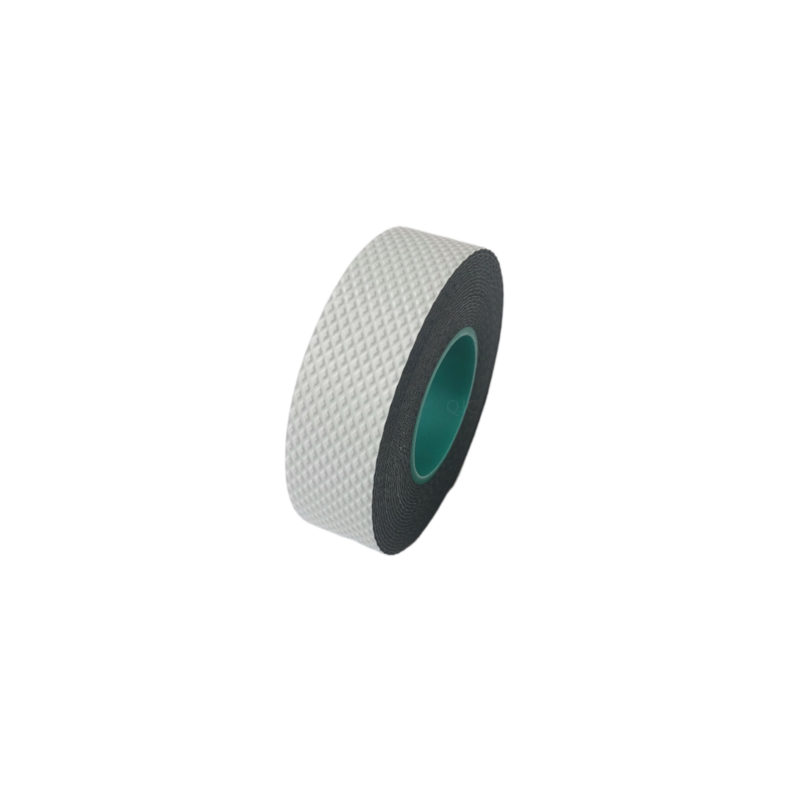
Figure 2: The layering and application of EPR tape.
Application Scenarios and Target Industries
The versatility and high-performance characteristics of epr tape make it suitable for a diverse range of applications across various critical industries.
-
Electrical Utilities and Power Distribution:
Used extensively for primary insulation in splices and terminations of solid dielectric cables up to 69 kV. Its moisture-sealing capability is crucial for underground and overhead power lines, preventing water ingress that can lead to tracking and breakdown. Target industries include power generation, transmission, and distribution companies.
-
Renewable Energy (Wind and Solar Farms):
Critical for insulating and sealing connections in harsh outdoor environments, such as wind turbine power cables and solar array wiring, where exposure to UV, moisture, and temperature extremes is constant. The long service life of EPR tape contributes to reduced maintenance in these remote installations.
-
Petrochemical and Oil & Gas:
In these environments, explosion-proof and corrosion-resistant materials are essential. EPR tape provides robust insulation and corrosion protection for electrical connections in hazardous areas, offering enhanced safety and reliability against chemical exposure and extreme temperatures.
-
Mining and Heavy Industrial:
Robust insulation for power cables in mining operations, steel mills, and heavy manufacturing where cables are subjected to severe mechanical stress, moisture, and dust. Its high dielectric strength ensures reliable operation under strenuous conditions.
-
Water Supply & Drainage Systems:
Ensuring the integrity of submersible pump wiring and control circuits requires excellent waterproof sealing. EPR tape excels in these scenarios, preventing short circuits and equipment damage due to water ingress.
-
Telecommunications:
Sealing coaxial cable connections and antenna feeds against environmental factors to maintain signal integrity and prevent moisture-related failures. Its compact application makes it ideal for tight spaces.
In these applications, the advantages of using high-quality epr self amalgamating tape translate directly into enhanced energy saving by preventing leakage currents, superior corrosion resistance for metallic components, extended service life of electrical assets, and significantly improved operational safety.
Technical Advantages and Benefits
The inherent properties of EPR materials, combined with self-amalgamating technology, bestow numerous technical advantages upon this critical insulation tape:
-
Superior Dielectric Strength:
EPR tapes exhibit exceptionally high dielectric strength, often exceeding 750 V/mil, providing robust electrical insulation even in high-voltage applications up to 69 kV. This minimizes the risk of electrical breakdown and ensures reliable power transmission.
-
Excellent Moisture and Environmental Sealing:
Upon amalgamation, the tape forms a seamless, void-free, and waterproof barrier. This is critical for preventing moisture ingress, which can lead to corrosion, tracking, and flashovers, particularly in outdoor or underground installations. It offers protection against UV, ozone, and other environmental contaminants.
-
Thermal Stability and Flexibility:
EPR compounds maintain their electrical and physical properties over a broad temperature range, typically from -40°C to 100°C. This flexibility allows for easy application in cold conditions and reliable performance in hot environments, adapting to thermal expansion and contraction without cracking.
-
Conformability and Void-Free Insulation:
The elastic and self-fusing nature of the tape allows it to conform perfectly to irregular shapes and surfaces, creating a homogeneous, void-free insulating layer. This eliminates air voids that could otherwise lead to partial discharge and eventual insulation failure.
-
Chemical Resistance:
EPR offers good resistance to a variety of chemicals, including acids, alkalis, and ozone, which is crucial for applications in industrial and petrochemical settings.
-
Ease of Application and Time Savings:
Requiring no heat or special tools, epr self amalgamating tape can be applied quickly and efficiently, reducing installation time and labor costs. Its peel-and-apply nature streamlines field operations significantly.
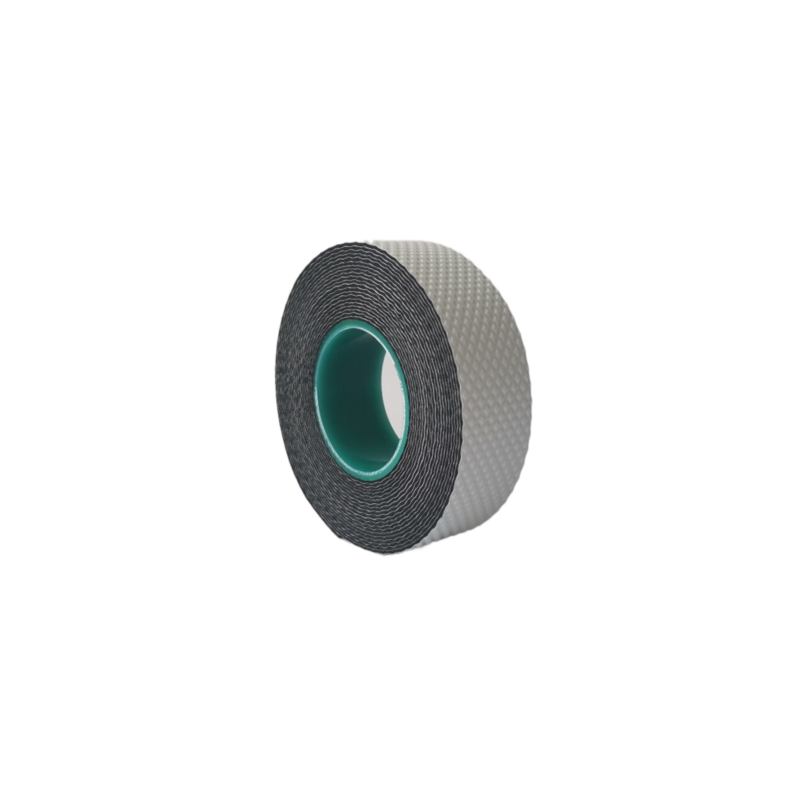
Figure 3: Technical application of self-amalgamating tape.
Vendor Comparison: J30 vs. Generic EPR Tapes
While many manufacturers offer epr tape, the quality and performance can vary significantly. A comparison highlights the distinct advantages of specialized products like J30 High-voltage EPR Rubber Tape.
| Feature/Parameter | J30 High-voltage EPR Rubber Tape | Generic EPR Self-Amalgamating Tape |
|---|---|---|
| Material Quality & Consistency | Premium-grade EPR, rigorously tested to IEC/ASTM standards. Consistent compound formulation. | Variable quality, potentially lower-grade EPR or inconsistent additive blending. |
| Dielectric Strength (kV/mm) | ≥ 30 kV/mm (750 V/mil) | Often lower, e.g., 20-25 kV/mm, impacting high-voltage reliability. |
| Voltage Rating | Up to 69 kV for primary insulation | Typically rated for lower voltages (e.g., up to 35 kV) or as secondary insulation. |
| Temperature Range | -40°C to 100°C | Narrower range, e.g., -20°C to 80°C, leading to embrittlement or softening. |
| Amalgamation Speed & Integrity | Rapid, complete amalgamation forming a homogeneous, void-free mass. | Slower, incomplete amalgamation, potentially leaving voids or delaminations. |
| UV and Ozone Resistance | Excellent resistance, suitable for prolonged outdoor exposure. | Poor to fair resistance, leading to degradation and cracking over time. |
| Certifications | ISO 9001, meets industry standards like ASTM, IEC, IEEE. | May lack comprehensive international certifications or adherence. |
| Service Life | Extended service life (20+ years) in demanding environments. | Shorter service life, requiring more frequent maintenance and replacement. |
Choosing a high-quality product like J30 ensures not only immediate performance but also long-term reliability and reduced total cost of ownership through minimized maintenance and fewer system failures.
Customized Solutions and Consultation
Recognizing that every B2B application has unique requirements, manufacturers often provide customized solutions for epr self amalgamating tape. This can involve tailoring product specifications to meet specific project needs, industry standards, or environmental conditions. Customization options typically include:
-
Specific Dimensions:
Tape widths and thicknesses can be adjusted to optimize for particular cable sizes or joint configurations, reducing material waste and improving application efficiency.
-
Enhanced Properties:
Formulations can be tweaked for even higher temperature resistance, increased UV stability, specialized chemical resistance, or non-flame-propagating characteristics to meet niche safety and performance criteria.
-
Packaging and Labeling:
Custom packaging, including private labeling, can be provided to integrate seamlessly with client branding or specific logistical requirements.
-
Technical Support and Training:
Leading manufacturers offer in-depth technical consultation and on-site training for proper application techniques, ensuring optimal performance and compliance with best practices. This is invaluable for complex installations or new project rollouts.
Engaging with a reputable vendor like Qiangda Tape, which has over two decades of experience and holds certifications such as ISO 9001:2015, ensures access to not only high-quality products but also expert guidance throughout the project lifecycle.
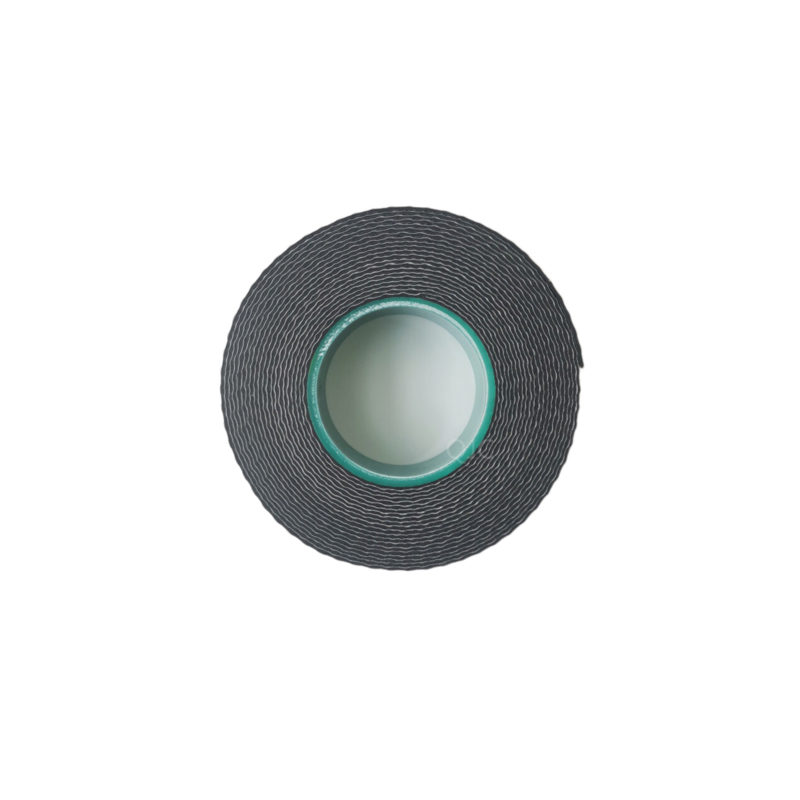
Figure 4: Custom packaging and branding options for EPR tape.
Application Case Studies
Real-world applications demonstrate the tangible benefits and reliability of high-voltage epr self amalgamating tape.
-
Case Study 1: Submarine Cable Repair (Offshore Wind Farm)
A major offshore wind farm faced a critical challenge with a damaged 33 kV submarine power cable. Traditional repair methods were cost-prohibitive and time-consuming due to the deep-water location. J30 High-voltage EPR Rubber Tape was used as the primary insulation for an in-situ splice. Its waterproof and self-amalgamating properties allowed for a robust, void-free repair that withstood the immense pressure and corrosive saltwater environment. The repair has been operational for over 5 years without issues, demonstrating significant cost savings compared to cable replacement and minimizing downtime for the wind farm.
-
Case Study 2: Industrial Plant Motor Lead Termination
An industrial chemical plant required robust and chemical-resistant insulation for the motor lead terminations of high-power pumps operating in an atmosphere with corrosive fumes. Standard PVC tapes degraded rapidly. By using J30 EPR tape, the plant achieved superior insulation and moisture sealing, combined with excellent chemical resistance. The flexibility of the tape allowed for easy application in cramped motor junction boxes. Post-installation inspections confirmed a fully sealed and electrically sound connection, significantly reducing the risk of arc faults and extending the operational life of the motors in a critical application.
-
Case Study 3: Underground Distribution Network Upgrade
A municipal utility company embarked on a project to upgrade its aging underground 15 kV distribution network. The challenge was to ensure reliable cable jointing that could withstand ground moisture and varying soil conditions over decades. Qiangda Tape's J30 High-voltage EPR Rubber Tape was selected for its proven dielectric strength and long-term moisture sealing capabilities. Its ease of application sped up the jointing process, and rigorous testing confirmed the integrity of each splice. The project achieved its goals of enhanced grid reliability, reduced maintenance, and improved public safety, with the EPR tape contributing significantly to the longevity of the upgraded infrastructure.

Figure 5: EPR tape application in a challenging industrial environment.
Frequently Asked Questions (FAQ)
-
Q: What makes J30 EPR tape self-amalgamating?
A: The J30 tape is compounded with special rubber formulations that cause the layers to fuse into a solid, homogeneous mass upon tensioned application, without the need for external heat or adhesive. This creates a continuous, void-free insulation and seal.
-
Q: What is the service life of J30 High-voltage EPR Rubber Tape?
A: When applied correctly in typical conditions, J30 tape is designed for a service life exceeding 20 years, contributing to the long-term reliability of electrical installations.
-
Q: Can J30 tape be used for both insulation and moisture sealing?
A: Yes, J30 EPR tape offers both excellent primary electrical insulation properties (high dielectric strength) and a robust, waterproof seal against moisture and environmental contaminants, making it a dual-purpose solution.
-
Q: Is J30 EPR tape compatible with all cable jacket materials?
A: J30 tape is generally compatible with most common cable jacket materials, including PVC, XLPE, and rubber. For specific or unusual jacket materials, it is recommended to consult with our technical support team for compatibility testing and recommendations.
-
Q: What are the storage requirements for J30 tape?
A: To maintain its shelf life and performance, J30 tape should be stored in its original packaging in a cool, dry place, away from direct sunlight and extreme temperatures. Ideal storage temperature is typically between 10°C and 30°C (50°F to 86°F).
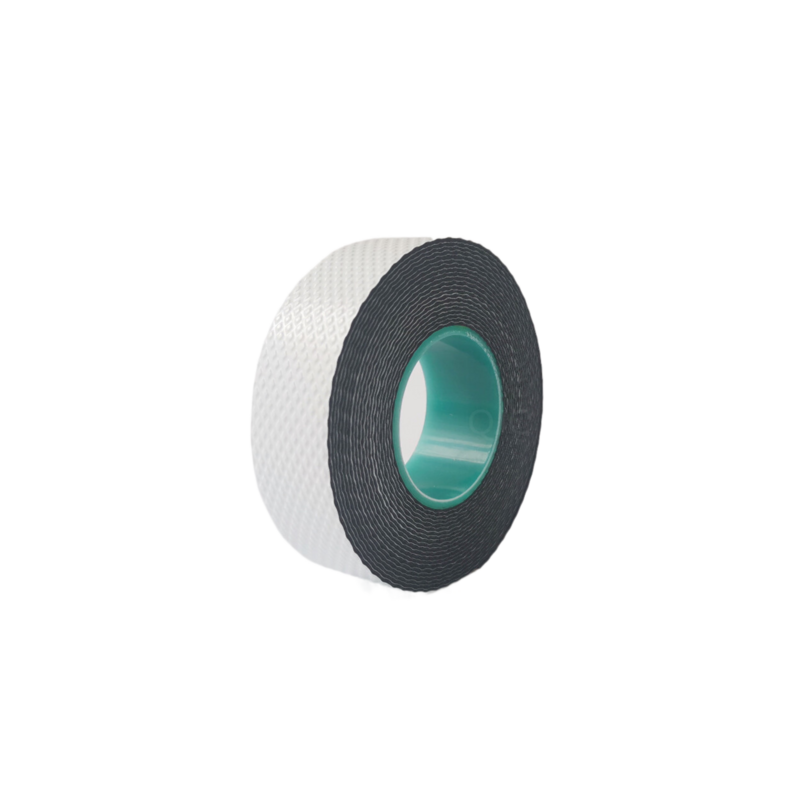
Figure 6: A finished application demonstrating the seamless seal.
Lead Time, Warranty, and Customer Support
At Qiangda Tape, we understand the critical nature of timely delivery and reliable after-sales support for B2B clients.
-
Lead Time & Fulfillment:
Standard lead times for J30 High-voltage EPR Rubber Tape typically range from 7 to 14 business days, depending on order volume and customization requirements. For urgent projects or large-volume orders, we offer expedited production and flexible logistics solutions. Our extensive manufacturing capacity ensures efficient fulfillment and consistent supply for even the most demanding project schedules.
-
Warranty Commitments:
We stand behind the quality of our J30 EPR tape with a comprehensive product warranty covering manufacturing defects and performance as per our stated specifications. Details of specific warranty periods and conditions are available upon request and are outlined in our sales agreements, providing peace of mind for our customers.
-
Customer Support:
Our dedicated customer support team provides expert technical assistance, application guidance, and after-sales service. From initial consultation and product selection to post-installation support, our engineers and sales professionals are committed to ensuring optimal product performance and customer satisfaction. We offer multi-channel support including direct phone lines, email, and online resources to address any inquiries promptly.
Conclusion
The J30 High-voltage EPR Rubber Tape represents a pinnacle in electrical insulation and sealing technology. Its advanced material properties, coupled with rigorous manufacturing and adherence to international standards, make it an indispensable component for ensuring the reliability, safety, and longevity of electrical infrastructure across diverse industrial sectors. By choosing a high-quality epr tape solution, B2B clients invest in long-term operational excellence and mitigate risks associated with electrical system failures.
References:
- IEC 60851-3: "Winding wires - Test methods - Part 3: Electrical properties." International Electrotechnical Commission.
- ASTM D149: "Standard Test Method for Dielectric Breakdown Voltage and Dielectric Strength of Solid Electrical Insulating Materials at Commercial Power Frequencies." ASTM International.
- ASTM D412: "Standard Test Methods for Vulcanized Rubber and Thermoplastic Elastomers—Tension." ASTM International.
- IEEE P-386: "Standard for Separable Insulated Connectors for Power Distribution Systems above 600 V." Institute of Electrical and Electronics Engineers.
- "Global Electrical Tape Market Report." Market Research Future (2020).
-
Self Amalgamating Tape: Waterproof Electrical Insulation & SealingNewsAug.30,2025
-
Self Amalgamating Tape: Waterproof Electrical & Pipe SealNewsAug.29,2025
-
Medium Voltage Fusion Tape | Self-Fusing Electrical InsulationNewsAug.28,2025
-
Butyl Rubber Tape for Ventilation PipesNewsAug.22,2025
-
Flex Tape Waterproof for Underground CablesNewsAug.22,2025
-
Flame Retardant Tapes for Circuit InsulationNewsAug.22,2025
